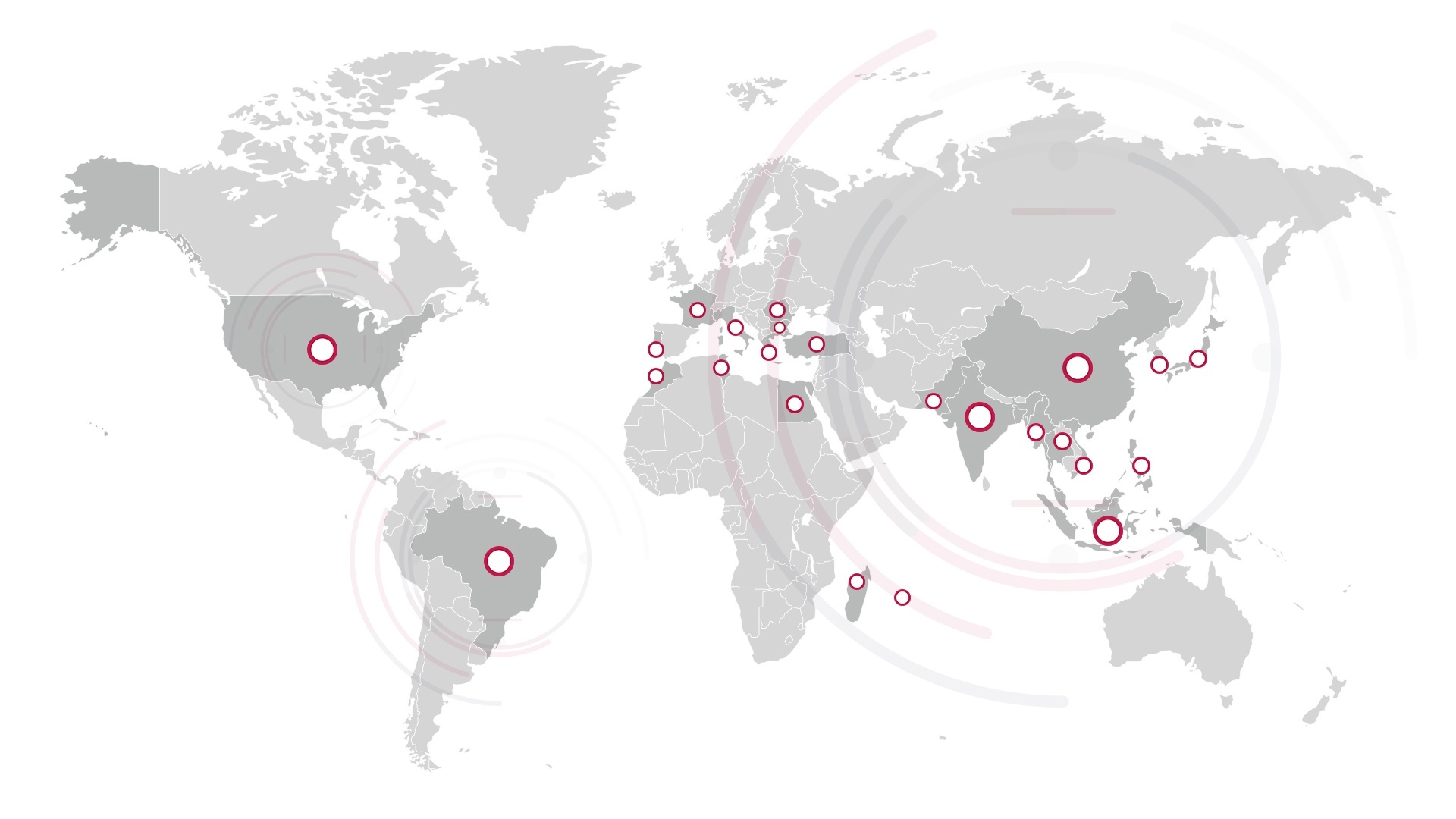The European Union has made changes – effective as of July 7th, 2020 – to the scope of the Entry 51 of Annex XVII to REACH Regulation (EC) No 1907/2006.
The changes include:
- an expansion of the number of restricted phthalates from three to four
- an extension of the phthalates restrictions to plasticized materials in all articles, unless an exemption applies
|
Restricted Substances |
Scope of Restriction |
|
|
Current Entry 51 |
DEHP, DBP and BBP: |
Plasticized materials in toys and childcare articles |
|
Revised Entry 51 as of July 7th 2020 |
DEHP, DBP, BBP and DIBP: <0.1% by weight of plasticized material (individually or in combination) |
All articles containing plasticized materials (unless exceptions listed in paragraph 4*) |
What are Plasticized Materials?
- polyvinyl chloride (PVC), polyvinylidene chloride (PVDC),polyvinyl acetate (PVA), polyurethanes,
- any other polymer (including, inter alia, polymer foams and rubber material) except silicone rubber and natural latex coatings
- surface coatings, non-slip coatings, finishes, decals, printed designs
- adhesives, sealants, paints and inks.
What Kind of Products Are Affected by These Changes?
Phthalates are used in hundreds of products that we use daily, including (but not limited to) toys, food packaging or personal care products such as nail polish, soaps and shampoos.
With regard to the textile industry, the following components or products might contain phthalates:
- printed and coated fabrics
- plastic trims, such as buttons and shoelace tips
- plastic and vinyl garments and footwear, such as raincoats and rain boots
- artificial leather garments, handbags and accessories
With the new REACH requirements, textile brands, retailers and manufacturers must ensure their products remain compliant. SgT offers a range of services including the testing of textiles, apparel and footwear products and accessories to ensure that they comply with REACH. Contact our experts today.
Source: https://echa.europa.eu/documents/10162/aaa92146-a005-1dc2-debe-93c80b57c5ee



